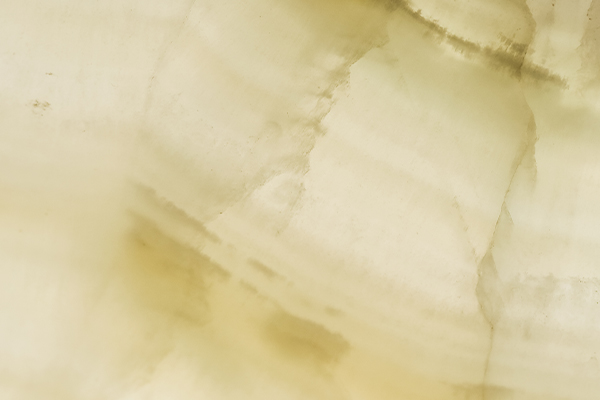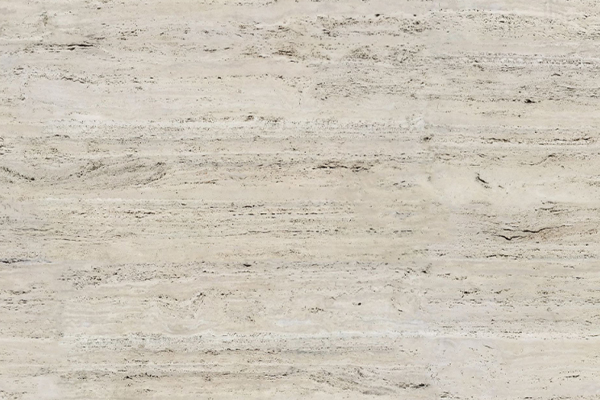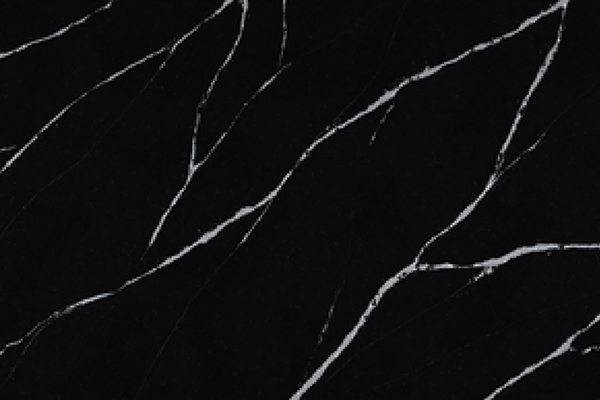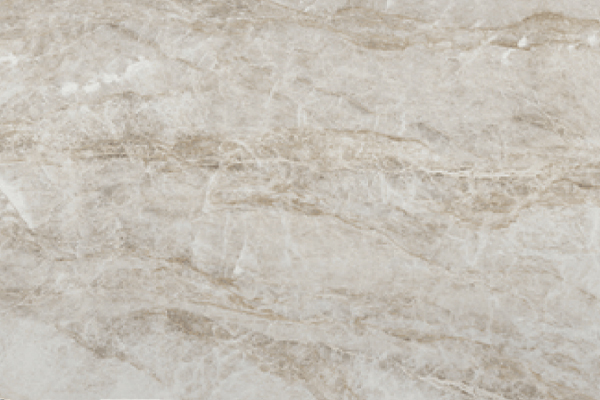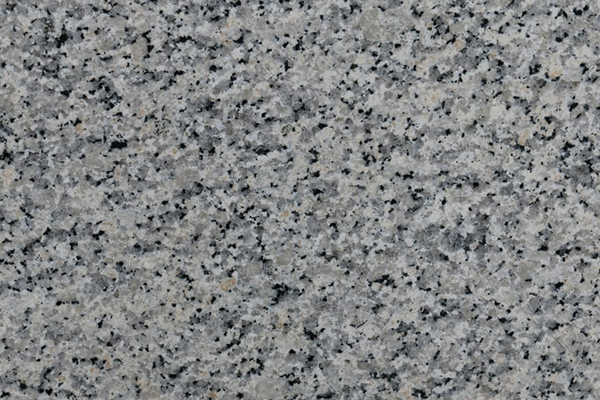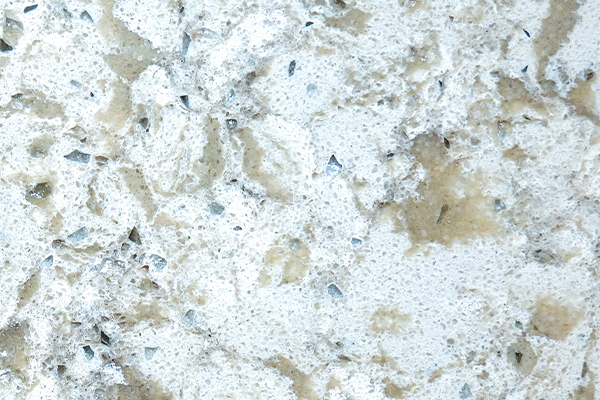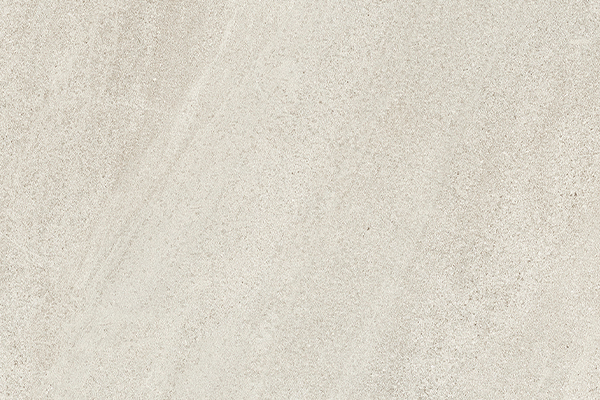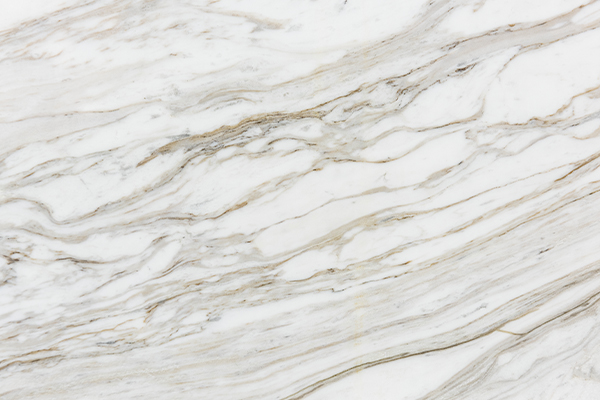Applications
Marble flooring offers a unique character with an exceptional look to your home. The reason behind its popularity is its unparalleled sophisticated and luxurious look that transforms the space entirely. It is a versatile and multipurpose material that magnifies the beauty of the area wherever you install it. You can have it in your living room, patios, sunroom, halls or other parts of your home where you wish to create an alluring focus.

NATURAL-LOOK FLOORING
Stone is the most traditional of flooring materials. It comes in a huge variety of styles and can suit both traditional and contemporary environments where it adds style and elegance to any room. Stone is ideal for hallways, kitchens, dining rooms, conservatories, bathrooms and outside and works especially well with other natural materials such as wood.
Stone flooring works particularly well with underfloor heating. The benefits of stone flooring are looks beautiful in almost all situations. Its unique look can never quite be recreated by man-made options. It comes in a range of finishes –polished, honed, flamed and etc.

CHOOSE THE RIGHT STONE
FOR YOUR HOME
There is a wide range of long lasting natural stones to choose from for your home interior and exterior. Choosing the right natural stone for your home is a very personal decision like choosing an artwork or a piece of furniture...
Learn More
Frequently Asked Questions
Let us know your requirements, whether it’s a specific stone or just a ‘look’ you are after. We always have new stock arriving. We are linked to many quarries worldwide, so for special materials we can enquire with our suppliers, or point you in the right direction.
Sometimes, yes, sometimes no. While we update our website photos regularly, with natural stone it is normal for the the look and feel to change from bundle to bundle. Always best to contact us and we can confirm, or send you photos of current stock.
Our stone is sourced all over the world. We have strong relationships with stone quarries across Europe, Asia and South America
Marble has been used for thousands of years. In many cases, the statues and buildings made of marble far outlast the ancient cultures that built them. A simple, regular maintenance program will keep marble looking beautiful for the life of your project.
Our slabe are standard thickness with 18mm+-.Feel free to contact us for other thickness stone.
There is no one answer to this. Engineered stones have different price ranges depending on colour/pattern type and Natural Stones vary greatly in price. A common perception is that natural stone is more expensive than engineered stone but this is not always true. There are granites that sit in the standard (low mid) price range that are equivalent to standard range engineered stone prices. In fact Granite can sometimes be more economical due to its larger slab sizes. For example 1 large sheet of granite can complete a job that may require 2 slabs of engineered stone. To make a true comparison it is best to take a short list of your preferred colours in Granites and Engineered stones to your stone fabricator for an accurate comparison.
Generally speaking all the white marbles are very popular and always in demand. Specifically the Calacatta marble, Statuario marble, Carrara marble and volakas marble.
There are too many variables, e.g. type of stone, slab sizes, thickness, edge design, sink type, application etc.
Generally around 2-3 weeks, depending on the workload at time of order.
This is a difficult question as it depends on what your priorities are – durability, colour or uniqueness.
There are many various types of kitchen bench top materials available, but if you want to have the ultimate combination of quality, durability and uniqueness, you cannot beat granite. Particularly darker tightly grained granites are very durable; such that these granites are even used as exterior cladding on buildings.
Granite being igneous rock made up of quartz and feldspar has high stain and scratch resistance as well as high heat resistance. Granites can also be polished to a very high gloss level. Also acidic products such as lemon juice do not affect granites. Marble countertops have been used for centuries to epitomize elegance. The stone’s patina (the change that occurs over time) is part of its beauty Marbles are also natural stones with beautiful patterns and colours and can make the perfect feature island bench or feature splash-back. However marble is not as durable as granite. Marbles also react with acidic products e.g. Lemon juice, which can cause etching on polished marbles. Fortunately there are some solutions out there for these concerns. Please refer to questions regarding sealing.
Alternatively you could incorporate a durable granite or engineered stone on the counter tops and marble as a feature on the splash back or face panel of an island bench.
Quartz/ Engineered stones are also popular for bench tops. It is a durable product and its main advantage is that being a man-made stone it is colour controlled offering very uniform subtle patterns in light/white colours. For those who love the look of Calacatta marble we have our own range of different types of Calacatta quartz. These generally are care-free solutions for your kitchen benchtops. Other brands of reconstituted stone are Caesarstone, Quantum Quartz, Smartstone, Silestone and many more. Please contact us if you would like to use any of these reconstituted stones for your kitchen bench tops.
OUR PRINCIPAL OF BUSINESS
Our high-tech machinery can handle above 450,000m² stone processing activities within a year.
WHY CHOOSE US
Committed to
Quality
We are committed to meet and exceed customer expectations
Customer
Satisfaction
We provide our customers with the best products
Affordable
Prices
We achieve this goal by continuously improving the cost effectiveness
Wide Range
of Selections
We provide large selection at natural stones from various quarries throughout the world.
On Time
Delivery
We make certain every order is delivered on time.
Interested to take a closer look at our products?
Then come and take a look at our showroom. Feel free to contact us to make an appointment. As our product range is very extensive, we unfortunately cannot present all our products in the showroom. Inform our customer service of the products that you would like to view and we will prepare these for you.
Reach us


